Films and hydrogels made from recombinant spider silk proteins

Spider-Silk-Based Materials Prevent Microbe Infestation

World University Rankings 2021
University of Oxford keeps top position in Times Higher Education university ranking

Polymer Transformers
Materials can adaptively reconfigure their composition using enzyme-catalyzed reactions
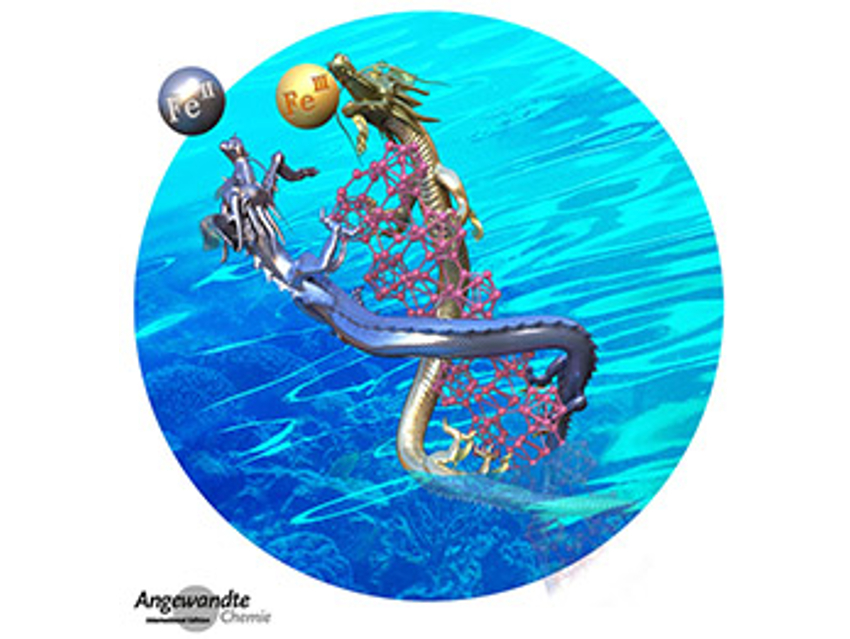
Angewandte Chemie 38/2020: Fast and Long-Lasting
Overview of the latest issue of Angewandte Chemie

Who's Next? Nobel Prize in Chemistry 2020 – Voting Results September 11
Latest results of your predictions for the Nobel Prize in Chemistry
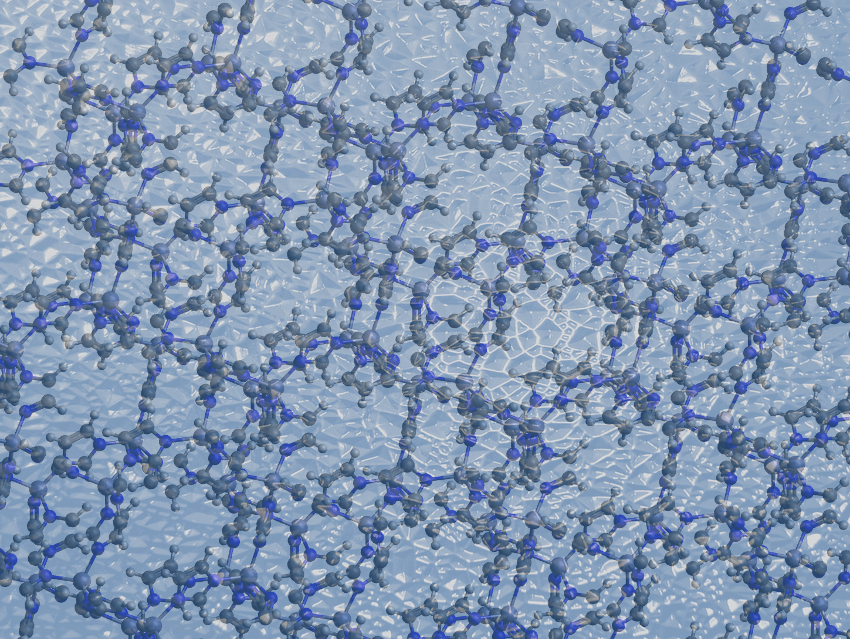
Crystal–Glass Composites Made from Metal–Organic Frameworks
Crystalline MOFs embedded within a glassy MOF matrix

Who's Next? Nobel Prize in Chemistry 2020
The Nobel Prize in Chemistry will be announced on October 7 - make your predictions
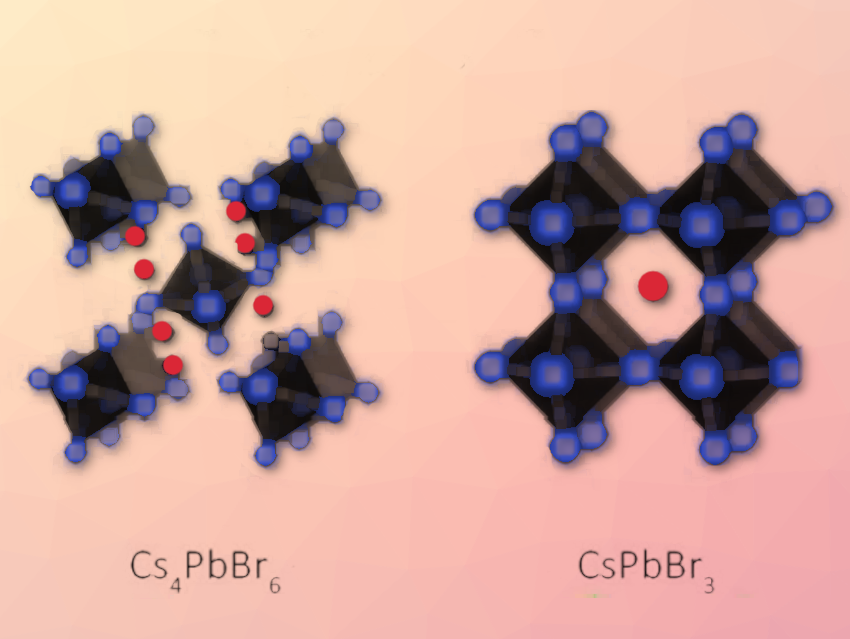
Origin of the Green Emission in Cs4PbBr6 Crystals
Luminescence from CsPbBr3 nanoparticles embedded in Cs4PbBr6
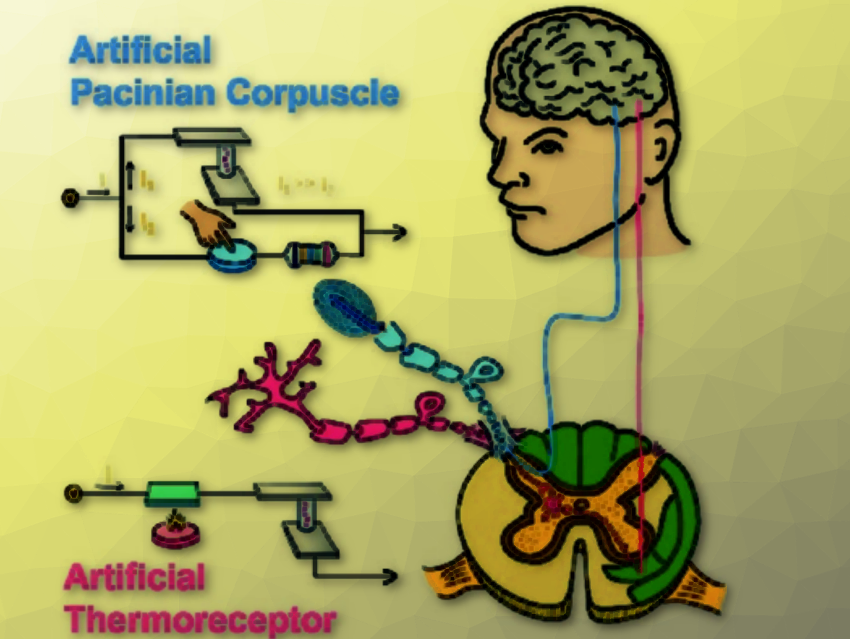
Electronic Skin Can Sense Touch, Pain, and Heat
Prototype device electronically replicates the way human skin senses
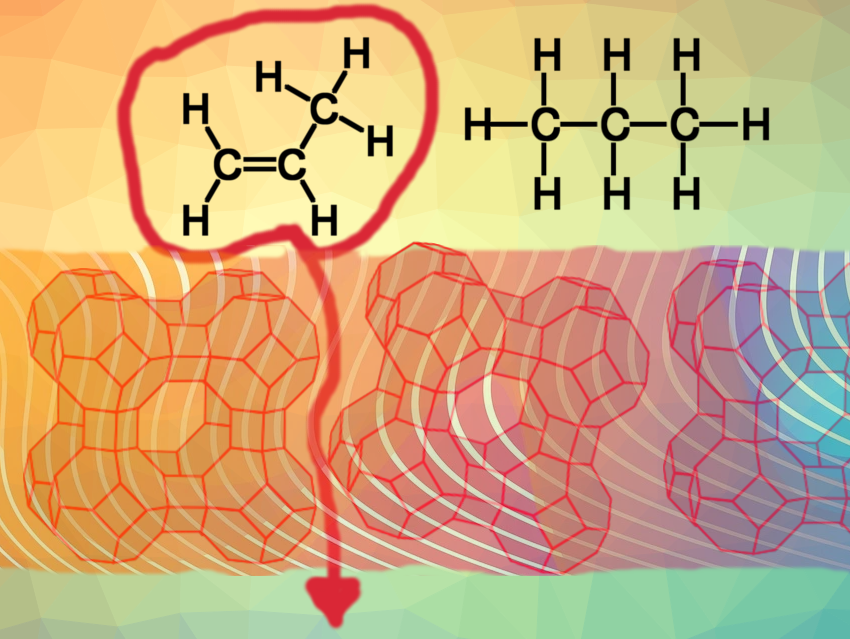
Adapting Metal-Organic Frameworks to Form Porous Liquids and Composite Membranes
Metal–organic frameworks (MOFs) can be made solution processable via outer surface functionalization using N-heterocyclic carbene ligands